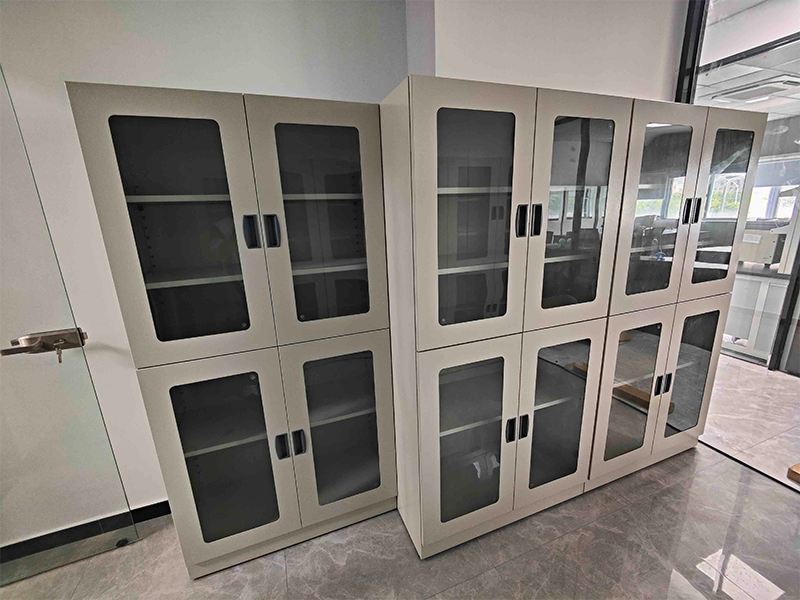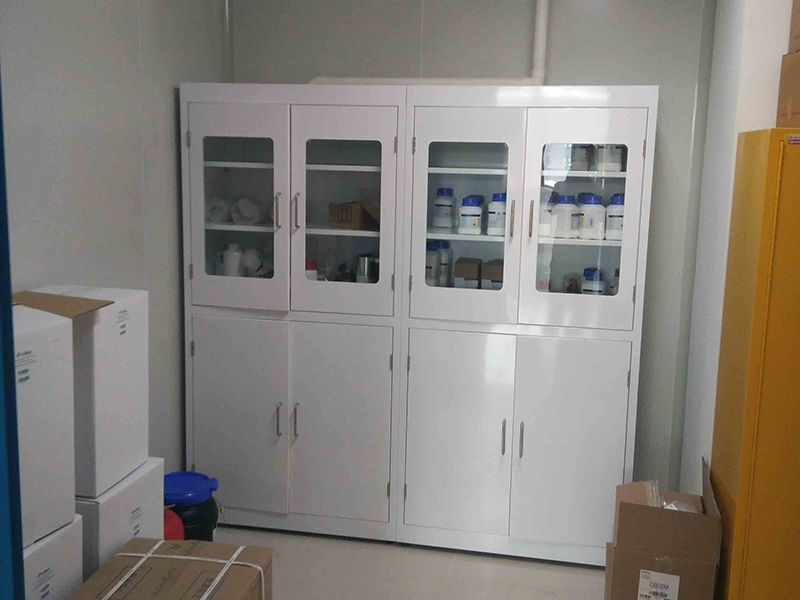Corrosive chemicals. Fun to work with, right? Not so much when they eat through your expensive storage cabinets like Pac-Man on a power pellet. Acids, bases, gnarly solvents—these bad boys don’t mess around. If you just toss them anywhere, you’ll end up with ruined containers, rusted shelves, or worse, a safety disaster nobody wants on their résumé. So, yeah, you gotta get clever about storage if you care about your stuff lasting longer than a semester.
First off, cabinet material actually matters—a lot. Don’t just grab any old metal box. Cabinets with epoxy coatings are solid for handling acid fumes (think: science-class volcanoes, but in a box), while polypropylene? That stuff laughs in the face of strong alkalis and wild solvents. Basically, match your cabinet to your chemicals, or prepare to cry when you see the bill for a replacement.

But let’s get real—accidents happen. That’s where secondary containment saves your butt. Pop in some polyethylene trays, spill-proof liners, or even those fancy acid-resistant shelves. If something leaks—and trust me, it will—those liners take the hit, not your cabinet. Way easier to swap out a tray than deal with a corroded cabinet skeleton.
Ventilation’s another biggie that gets ignored until something smells weird. Corrosive vapors love to gather inside closed cabinets, and that’s a recipe for disaster. If your cabinet has exhaust ports or can hook up to the lab’s vent system, use ’em. Keep that air moving, and you’ll avoid condensation and vapor buildup, which means less corrosion and fewer headaches.
Storage habits? They’re not just for neat freaks. Never stack acids with bases (unless you want fireworks). Use containers that actually seal, and don’t cheap out. Heavy bottles go at the bottom, obviously, unless you like cleaning up chemical avalanches. And label everything—nobody wants to play chemical roulette.

Last, don’t slack off on checks and maintenance. Give cabinets a once-over for leaks and scratches, fix any dings in the coating before they turn into craters, and actually replace liners when they get gross. Check those vents. Clean up spills fast. Seriously, a little attention now saves you a world of trouble later.
Bottom line? Pick the right gear, layer on some protection, keep the air flowing, and store stuff like you’ve actually read the safety manual. Your cabinets—and your future self—will thank you.


